WHEN TO START BABIES’ FIRST FOODS
When to start babies’ first foods is always somewhat of a controversial topic, because, of course, like all things, people have varying opinions. And while I’m no doctor, I have studied nutrition (I have my Master’s in Holistic Nutrition), the human body, and lots about babies and children to think that I know what I’m talking about. Plus, I have two of my own and one on the way, so having experience in this area does help, too.
Of course, babies grow at different paces and some will seem like they are even showing interest in solid foods as early as 4 months. However, a baby’s digestive system just isn’t developed enough at this point to actually be able to process solid foods. In fact, feeding them solids too early may not only clog up their digestive tracts, it can also start the weaning process much earlier than should be done.
The general principle is to start solids around 6 months, although every child is going to be a little bit different. If your baby isn’t showing interest at this stage, don’t stress about it! Try again in 3 days or so, and then 3 more days after that.
With my first, I started trying to feed him homemade purees the day he turned 6 months, and he didn’t seem very interested. And trust me – he LOVED to eat! So, I did the every 3-day rule for quite some time – until I eventually realized that he didn’t like the texture of purees – he wanted my food! This is how I got started with baby-led weaning in the first place. But more about that in a bit.
THE PURPOSE OF STARTING SOLIDS WITH YOUR INFANT
Now that we’ve talked about the age of starting solids, let’s talk a bit about the purpose of giving your infant solids.
Of course, a baby isn’t going to drink your milk [or formula] forever – and needs to graduate into eating real foods eventually – but why now?
Well, let me set the record straight by saying that in some cultures, babies don’t start solids until well after 1. Even in the United States, this isn’t totally unheard of! I’m not condoning this or saying that I agree, but again, I’m just putting into perspective for you.
The idea of solids is to introduce new foods and textures to kids and isn’t so much about the actual nutrients they are getting from it. It’s more about the process. The mass majority of nutrients should be from the milk that they drink (whether that be breastmilk or formula). Eating solids is also about a young child working on their grasping and dexterity reflexes, which is why I’m all about baby-led weaning. (Which again, will talk about in a moment.)
Moreover, the older your child gets, and the more active they become – with crawling, walking, etc. – the hungrier they are going to be and obviously the more food – milk or otherwise – they are going to want. If you are able to maintain the same amount of milk, while gradually increasing their amount of solids to help suppress their appetite, this is the ideal formula for milk vs. solids. By the time your child is 1-year, the milk can gradually decrease as the solids continue to increase, eventually weaning your toddler from milk altogether.
So now that you know the why, let’s go over the when. In particularly, the times of day you should try and feed your baby solids.
WHAT TIME OF DAY SHOULD YOU GIVE SOLIDS – BEFORE OR AFTER MILK?
So before we get into the types of solids that you should feed your kids, I want to go into the times of day that you should start solids.
Most people want to know – is it before or after they breastfeed or have formula?
If your baby isn’t taking to solids very well, it is logical to give them solids before their milk so that they will have an empty belly and be the most likely to want to eat. But again, milk should be your baby’s primary source of nutrients and the solids should just be a “practicing tool.” This is why waiting an hour or so after you nurse will allow your baby to regain some of his/her appetite while still ingesting all of the milk that is so important for them at this stage.
And remember, it’s not about how much food they eat at this point, but more about the process – so just go with it. If your baby doesn’t seem hungry or want anything to do with the solids, don’t force it. Listen to their cues and try again after their next feeding – or even in a day or two.
Cues to fullness can include: turning his head, closing his mouth, batting at the spoon, wanting down, spitting out the food, etc.

WHAT TYPE OF SOLIDS SHOULD YOU START OFF WITH?
Ok, now it’s time to talk about the types of foods to give a baby – and why I don’t think rice cereal should be one of them!
Yes, I know that rice cereal was the only first food that was given back when I was a baby, and is still the food that is often recommended by pediatricians. In fact, I can’t tell you how often my mom and/or mother-in-law would mention putting some in my son’s bottle when he was only 3 or 4 months old because they swore it would make him sleep better. Yeah… no thank you!
When a baby is introduced to solids, this helps form their taste buds and likes and dislikes for years to come. Not to say that they won’t change, but the same can also be said for breastmilk or formula. If you eat lots of healthy vegetables while nursing, you’ll baby will automatically gravitate towards these tastes since that’s all they know. On the flip side, if you eat lots of sweets, your baby and eventually toddler will want sweeter tasting foods as well.
This is why it’s so important to start off with the most healthy and nutrient dense vegetables – and then slowly add in some fruits – as you see fit.
I already mentioned that I tried the pureed thing. But one day, I saw my son staring at my salad with roasted sweet potatoes on it, so I decided to give him a little piece of one. Well, he was obsessed! He also liked roasted butternut squash and avocado too. And this is how my journey with baby-led weaning began.
I’m not saying purees are bad, and if your son or daughter will eat vegetables in this manner, then more power to you, but I just want you to know that there are other options out there.
By giving your baby super soft and small chunks of food, they will be able to feel like they have some control over what they’re eating – which we all know is all a baby wants in life – CONTROL. Haha.
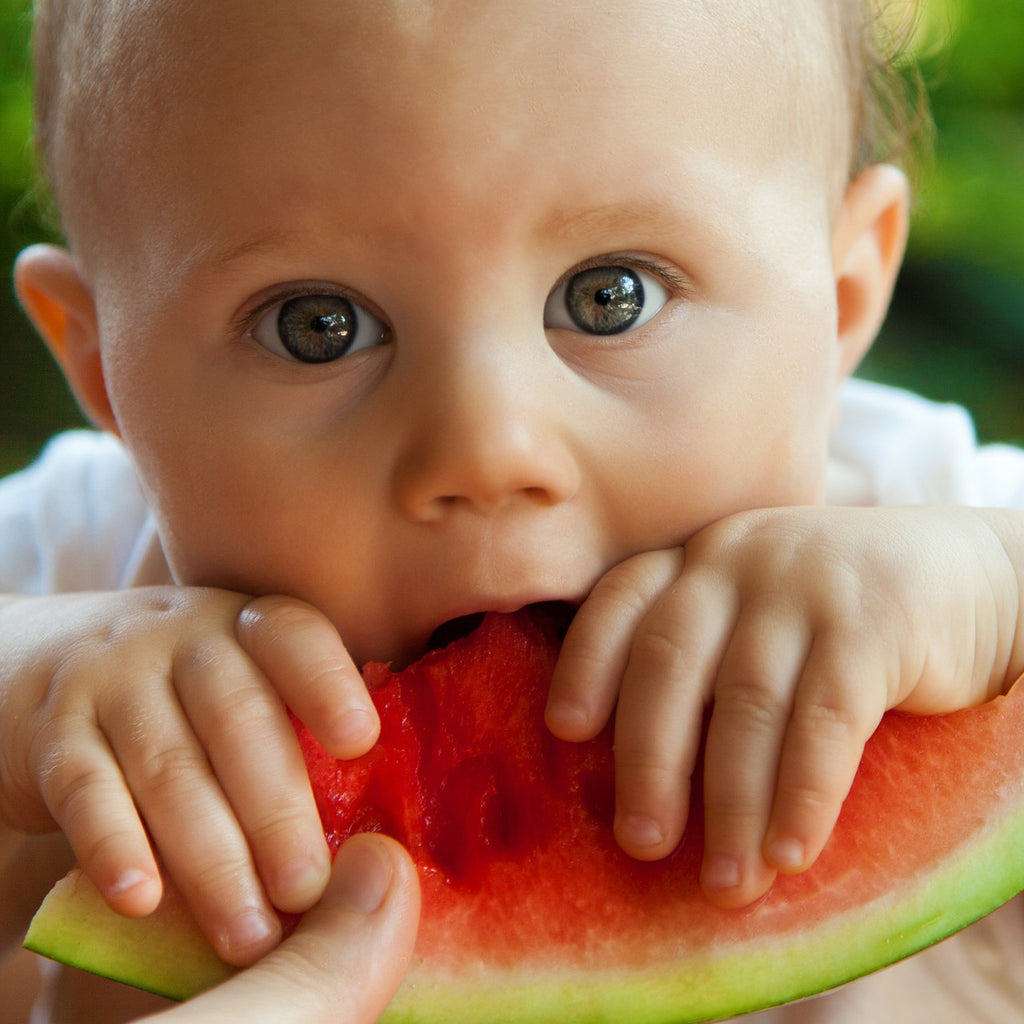
The exact food isn’t the most important thing here – as long as it does contain some nutrients and the texture is right for an infant that (most likely) doesn’t have any teeth yet.
For a generalized rule of thumb, I say start with cooked veggies such as sweet potatoes and peas, or super ripe avocados. Bananas, pears, and smashed apples can also be given in the first month or two of starting solids, but I still prefer to start with veggies and then go from there. One tip -- use a food maker like the Baby Brezza One Step Food Maker which steams and blends automatically and can save you a ton of time cooking homemade baby food. step
At around 7 months, start adding in some cooked squashes (like acorn and butternut) carrots, and even some zucchini. If you feel extra adventurous, try giving your baby some bites of oatmeal or quinoa flakes (this is all instead of rice cereal – mainly because it’s much more nutritious). Again, feel free to add in some more soft fruits, but try to make veggies the majority of your child’s solids at this point. Trust me, fruits are much easier to enjoy since they’re sweet – so go with the vegetables first, and work your way from there.
Broccoli, cauliflower and spinach are good things to add around 8-9 months – just make sure the spinach is cut fine enough that it’s not stringy. You can also try giving your little one some hard-cooked egg yolk, rice, noodles, etc. Since you’re starting to move into foods that may cause an allergic reaction here, go with introducing a new food every 3 to 4 days, watching carefully for any signs of allergies or intolerances before moving to another.
Oh, and nut butters. The rule of thumb used to be not to give children anything that they may have an allergic reaction to until after 1-year, but that’s no longer the case. In fact, holding off on introducing your baby to some of these foods may actually initialize an allergy to them (e.g.,. nuts, eggs, shellfish, etc.). For me, my babies loved Sunbutter! I would literally just give them small spoonfuls out of the jar – and actually still do.
However, do NOT give your baby honey until after 1-year. Honey may contain the botulinum toxin, produced by Clostridium botulinum, which causes botulism. A young baby can’t fight off this toxin – and therefore ingesting honey can be deadly. Personally, I also say to avoid dairy until after a year, since SO many children have issues digesting it – and adults too for that matter – but that topic is more for another day.
If you are a meat-loving family, start giving some small pieces of meat around 9-10 months. Chicken and fish would be my suggestions to start off with. Other meats are very hard to digest – even for some adults – so I’d wait a bit longer before giving them to a young child. Tofus is a good substitute here as well. You can also start introducing some lentils or white beans for some added protein. Lentils were actually one of my children’s favorite foods. They are the perfect size, softness, and take on just about any flavor you give them.

Oh, and this brings me to my next point: don’t be afraid of seasonings! My kids loved spicy foods when they were babies – probably because I ate them when I was pregnant all the time – but still. I never hesitated to add a little bit of spice to their foods. Ginger, cinnamon, rosemary, garlic… these are all great seasonings to give to your littles. In moderation of course. This will help develop their palates as they get older and make them more likely to enjoy a wide array of foods and dishes from different cultures.
If your baby is enjoying beans, then start adding in some black, kidney beans, edamame, etc. around 10-11 months. You can also start giving them other grains here too, but just watch to see how they handle them. Many children can be sensitive to gluten (meaning wheat, barley and rye – or foods that are processed with these ingredients), so please be aware of that.
By the time your little one is 1-year, feel free to give them all the foods that you would eat – making sure to remember the texture and hardness of foods.
When your little one is starting to eat solids, let them mess around with their food for a bit and start to feel, smell and appreciate the various textures and colors. I know this can get messy, but just go with it.
One of my secrets was to forego their bibs altogether and to dress them down to their diapers. Trust me, this makes for a much easier cleanup and prevents you from doing massive amounts of laundry every day! And just to make it clear, I only do this at home or at a close friend’s house. It’s not like my babies were running around naked in public all the time ;). Haha.
And to reiterate again, if your baby isn’t showing much interest in solids, then give it a break. They are getting the nutrients they need through your milk – and you don’t want to turn them off by forcing them to eat when they aren’t ready or just plain don’t want to.
HOW MUCH FOOD SHOULD YOU GIVE A BABY
Finally, let’s talk about how much food you should give your baby. Again, since the whole “eating solids thing” is really just a learning process, let your child lead the way. Read their cues and listen to their signals. Don’t force feed them and don’t bribe them into eating more just because you think they should. This can develop into a very bad relationship with food later in life.
When a baby is first starting solids, just a teaspoon here or there is truly all they need. Gradually increase this to 2, then 3 times per day, and then start adding another teaspoon or two at a time as well.
Once they get this down, you can start introducing multiple foods per “session”, again, starting with just a teaspoon or 2 per food, and then gradually increasing it.
If you listen to their cues and stop when they “tell” you they’ve had enough, you don’t have to worry about actually measuring anything. I never did and have two of the most healthiest, well-rounded eaters I know!
FINAL THOUGHTS
I know starting solids can be a daunting experience and we all just want to do what is right and best for our children. As long as you try to give them wholesome, nutritious foods and listen to their cues of when and how much they want and/or need, you’ll do just fine Momma – I promise!
Have more questions or want to work with me one on one for either you or your littlest of family members, than feel free to email me at Jessica@healthyfitfabmoms.com or contact me via my website www.healthyfitfabmoms.com or on social media with the handle @healthyfitfabmoms.

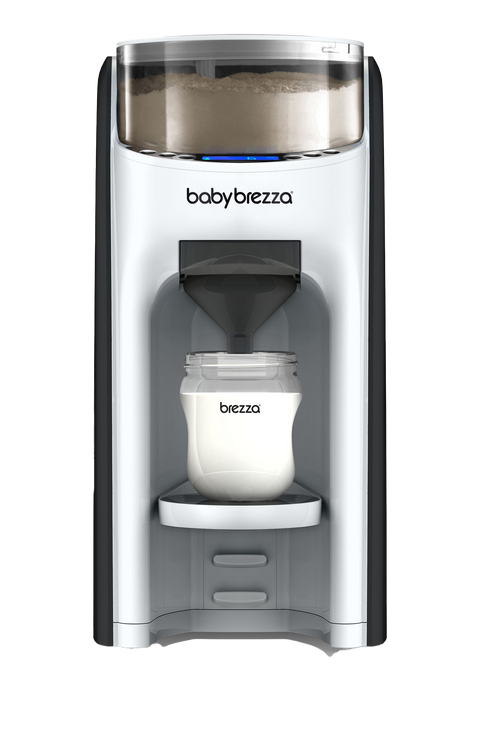
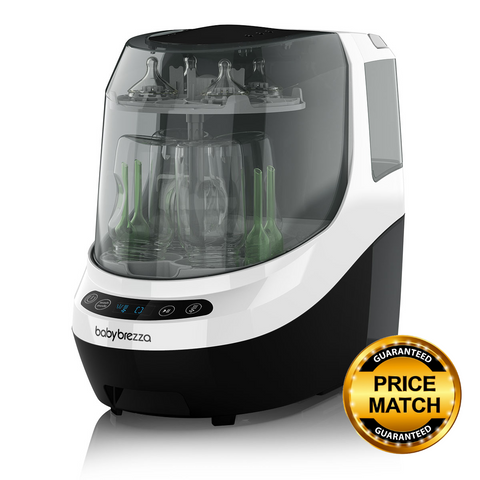
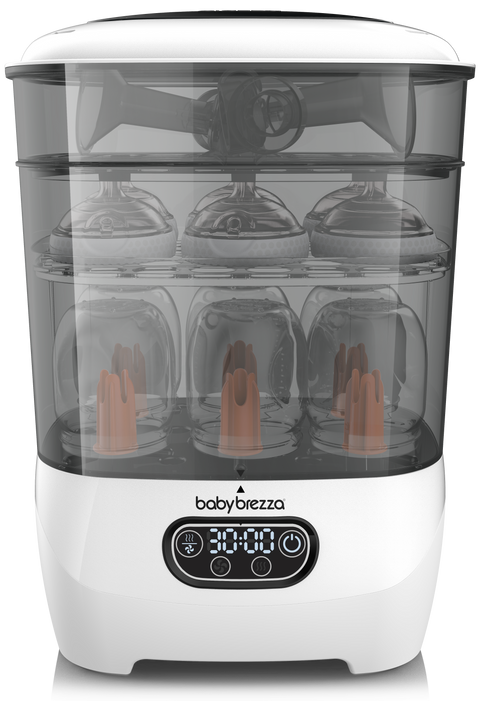
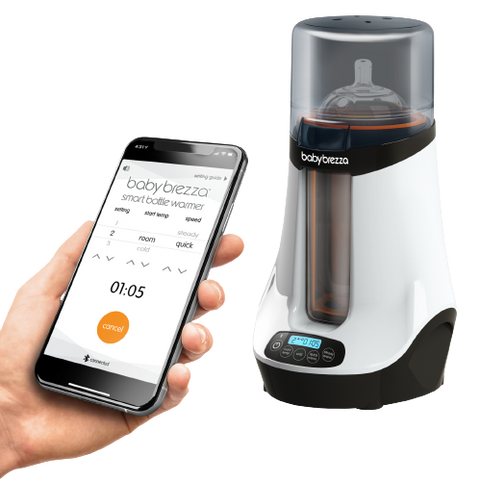
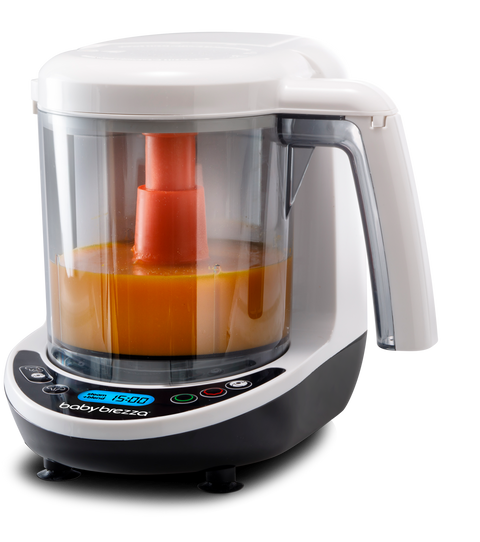
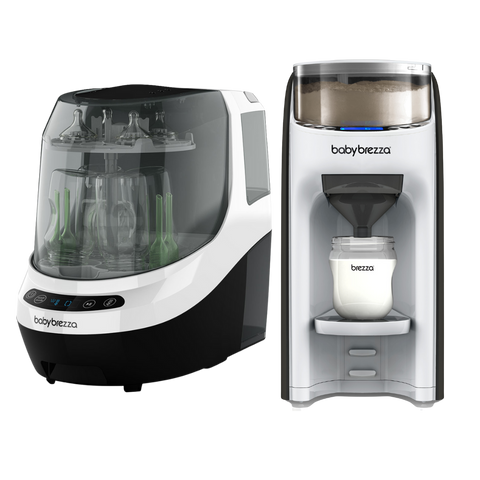
 TikTok
TikTok